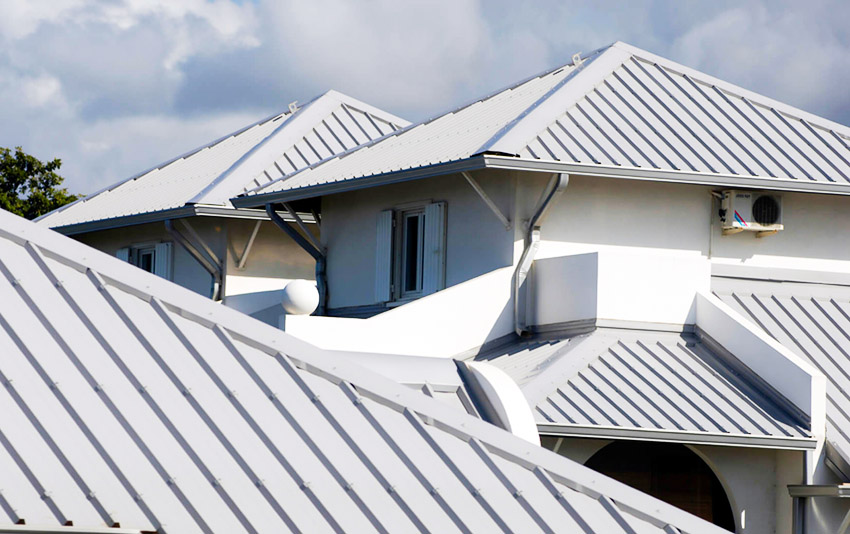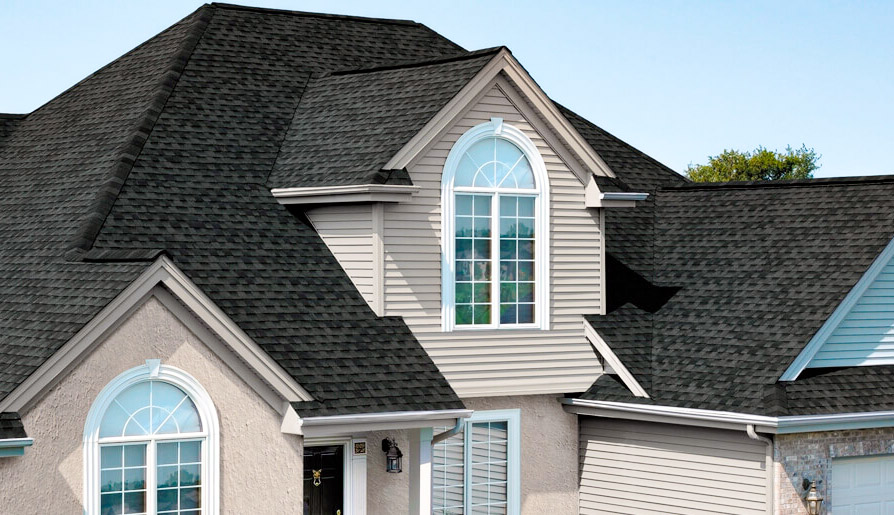Gutter health is an important and often overlooked aspect of roof maintenance. Despite its importance, many homeowners lack a basic understanding of what it means to have healthy gutters and how to maintain them.
This article will serve as a comprehensive guide on gutter health and why it matters for your roof. It will provide information on the key components of gutters, their function in protecting roofs from damage, common signs that indicate when they need repair or replacement, and tips on maintaining them properly.
The maintenance of gutter systems should not be ignored; failure to do so may result in costly repairs down the road due to water damage caused by overflowing gutters or clogged downspouts. Without proper care, these problems can quickly arise and become difficult to fix without professional assistance.
What Are Gutters And How Do They Work?
Gutters are an integral part of a roofing system, and they play an important role in helping to protect your home from the elements.
They provide drainage for rainwater that collects on your roof so it can flow off safely away from the house.
The anatomy of a gutter consists of several components including the fascia or eave troughs connected to the edge of the roof, downspouts which direct water to ground level, and end caps attached at either side which keep debris out.
The way gutters work is by guiding water away from vulnerable areas such as window sills and door frames.
When properly installed with adequate slope, water will easily run along the length of the gutter towards downspouts before being directed away from your home’s foundation.

The Benefits Of Healthy Gutters
The benefits of having healthy gutters are numerous. Not only can they prevent costly repairs and maintenance, but they also protect the structural integrity of your roof from water damage.
When gutters become clogged or have leaky joints, it puts extra strain on the entire system as additional weight is added to the gutter itself and its supporting structures. This can lead to sagging, warping, cracking, splitting, and ultimately long-term damage that can be difficult and expensive to repair.
By keeping an eye out for these signs of wear and tear, you will be able to take quick action in order to avoid more serious damages down the line. Regularly inspecting your gutters helps ensure their proper functioning; any debris should be removed at least every two months.
Doing this prevents build up of leaves and other materials which could otherwise cause a blockage in your drainage system’s flow. Additionally, checking for leaks around joint connections allows you to identify problems before they worsen over time—and potentially result in further deterioration of your roof’s structure due to moisture infiltration.
Common Signs Of Poor Gutter Health
Gutter health is an important factor to consider when it comes to maintaining a roof. Poor gutter health can lead to serious water damage and other costly repair bills in the future. It is therefore essential for homeowners to be aware of common signs of poor gutter health, so that they can take action before any major problems occur.
One such sign of unhealthy gutters are clogged gutters; debris and leaves can accumulate quickly over time if not cleaned out regularly. This blockage hinders proper drainage from the roof, leading to pooling water around the foundation of your home or spilling onto siding and windowsills.
Another indication of poor gutter health is leaks at joints or loose connections along the system’s troughs or pipes; these areas should be checked routinely as they often develop rust which could eventually cause holes and further damage.
Finally, keep an eye out for sagging gutters–a telltale sign that there is too much weight on them due to standing water or debris buildup causing strain on the support systems. If left unchecked, this problem will only worsen with time until eventual repairs have to be made.
Preventative Maintenance For Gutters
Maintaining good gutter health is essential for protecting your roof from water damage. It can be easily achieved by performing some simple preventative maintenance on a regular basis.
Installing guards and gutter covers are one of the most effective ways to maintain gutters and ensure they remain in optimal condition. Gutter covers provide an extra level of protection against debris, leaves, twigs, animals, and other obstructions that can cause blockages or overflow during heavy rainstorms. They also reduce the need for frequent cleaning, which saves time and money while preventing build-up of organic matter that could lead to clogging over time. In addition, installing guards along straight sections of gutters will help keep them free flowing as well as minimize places where dirt and grime may accumulate.
Properly maintained gutters allow rainwater to quickly flow away from your home’s foundation without overflowing or backing up into the eaves troughs or onto the roof surface. For best results it is recommended that you inspect your gutters at least twice a year for any signs of wear and tear such as holes, rot or rusting.
Cleaning And Inspecting Gutters
Regularly cleaning and inspecting gutters is an essential part of maintaining them.
Accumulated debris, such as leaves or pine needles, can block the drainage system of a gutter causing water to back up on your roof.
This can cause major damage to roofs that are made out of asphalt shingle materials by rotting the underlying decking boards due to pooling water in certain areas.
By keeping gutters free from debris and inspected for any signs of wear or tear it will help ensure proper function and longevity of your roof’s health.
Gutters come in various material types each with their own set of advantages and disadvantages regarding durability, cost, maintenance requirements, etc.
Aluminum and vinyl are two common options; aluminum is more durable but also needs regular painting while vinyl requires minimal maintenance but is not as robust against extreme weather conditions.

Gutter Repairs And Replacements
Maintaining gutters is a critical part of protecting your roof from water damage and other problems.
Cleaning and inspecting them regularly can go a long way in helping to prevent clogged gutters, ice buildup, and other issues that can affect their performance.
Gutter repairs or replacements may be needed if the gutter has become too damaged due to age or neglect.
In some cases, simply cleaning out debris will suffice, but more severe structural damage may require professional repair services.
If the gutter system needs to be replaced entirely, it’s important to make sure you choose one with materials that are durable enough for the area’s climate conditions.
Installing shields on top of existing gutters can also help reduce the need for frequent cleanings while increasing overall longevity of the system.
Professional Gutter Services
Gutter health can have a significant effect on the life of your roof, and professional gutter services are available to help with installation, maintenance, and protection from future damage.
Professional contractors specializing in these tasks will not only provide an optimal outcome for your home or facility’s existing gutters but also offer solutions that prevent further issues from arising.
From specialized coatings to seamless installations, professionals can advise on which methods are best suited for your property and environment.
Gutter guards offer one such solution; they protect against unwanted debris buildup while maintaining adequate drainage performance.
Additionally, experienced installers ensure proper placement along the eaves of your roofline and other areas where water may accumulate during heavy rainfall.
With their knowledge and experience, you can be sure the job is done right the first time around.
